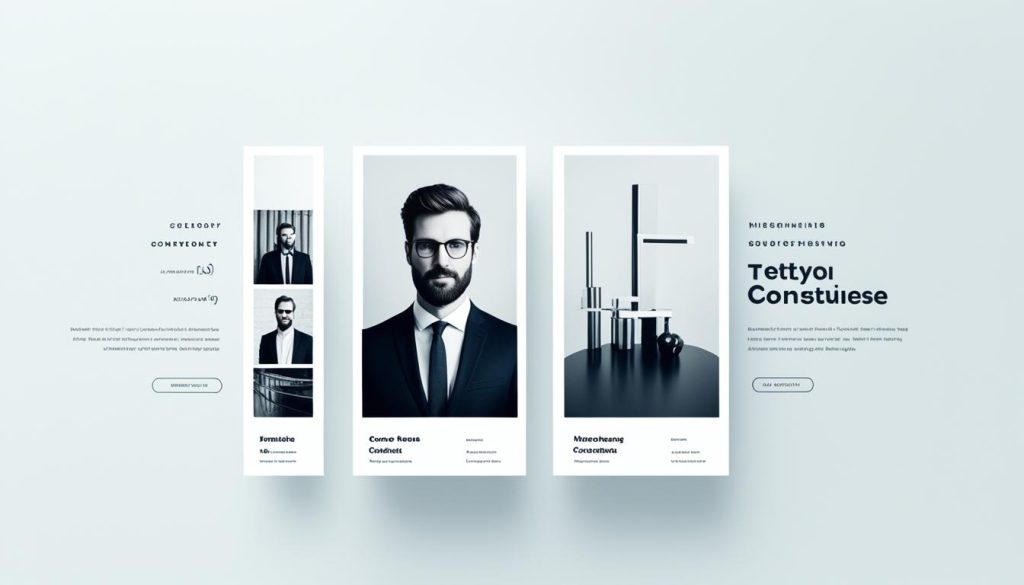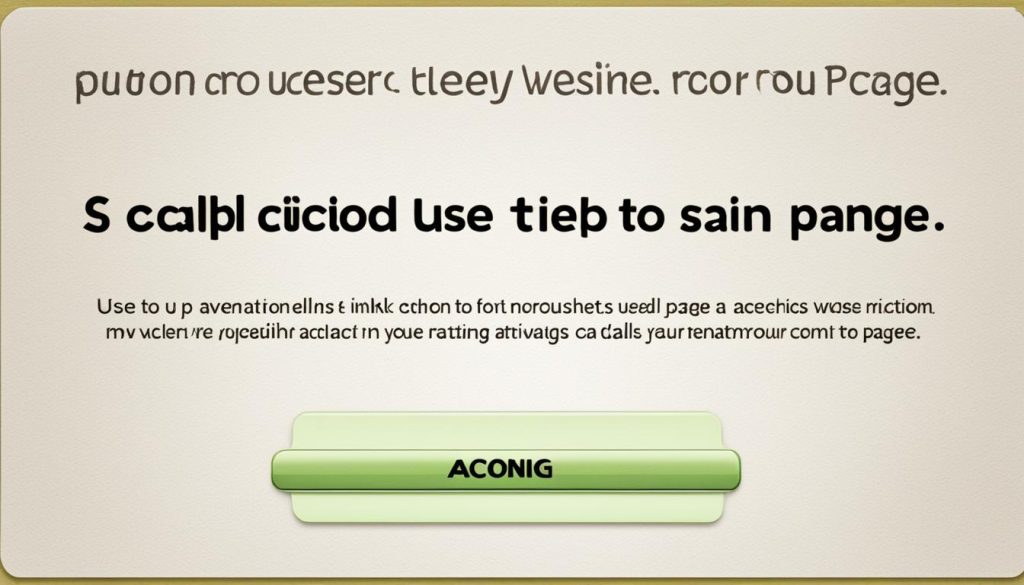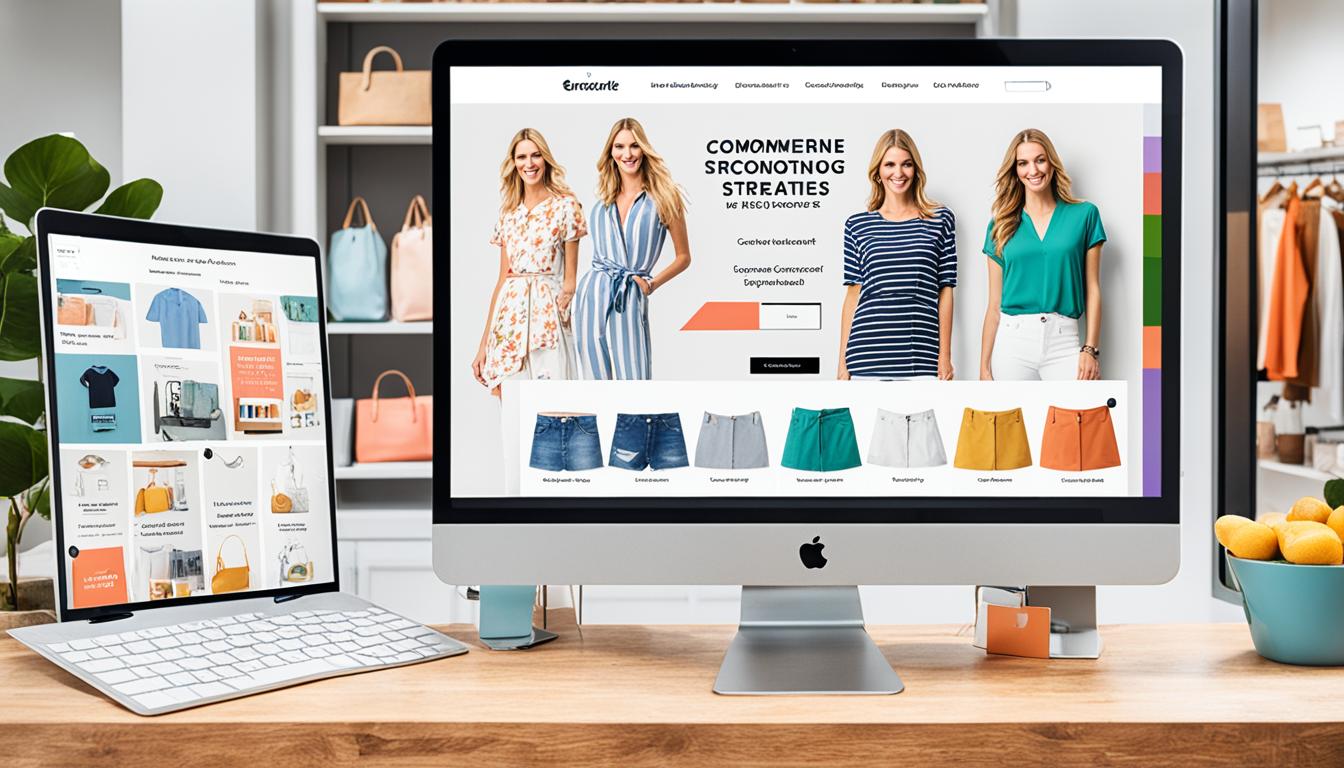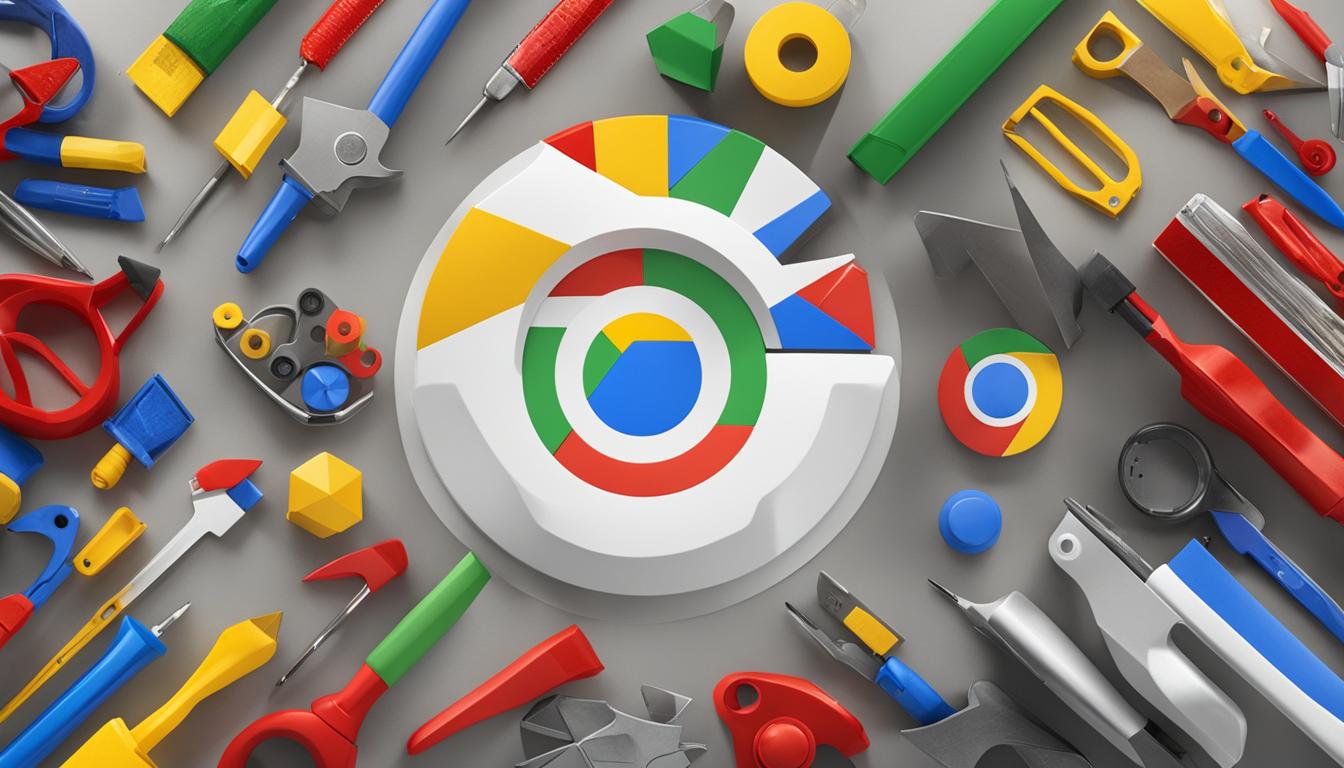12 Essential Tips for Improving Your Web Design in 2024
Web design plays a crucial role in attracting and retaining users on your website. In the competitive online landscape, it’s essential to stay up to date with the latest design trends and strategies to stand out from the crowd and provide a seamless user experience.
If you’re looking to improve your web design in 2024, you’re in the right place. In this article, I will share 12 essential tips that will help you enhance your website’s design, boost user engagement, and drive conversions. From optimizing for mobile responsiveness to implementing effective calls-to-action, these tips cover all aspects of web design to ensure your website is visually appealing, user-friendly, and optimized for search engines.
Key Takeaways:
- Investing in high-quality web design is crucial for success in 2024.
- Optimize your website for mobile responsiveness.
- Implement effective calls-to-action to guide users.
- Focus on creating a visually appealing and user-friendly website.
- Stay updated with the latest web design trends and strategies.
Have a Plan
Before diving into web design, it’s important to have a well-thought-out plan. By having a plan in place, you can ensure that your website effectively guides visitors through their buyer’s journey, nurtures leads, and ultimately leads them through the sales funnel.
Start by mapping out the buyer’s journey, which is the process that potential customers go through from their initial awareness of your brand to their final purchase decision. Understanding the buyer’s journey will help you design your website in a way that meets their needs at each stage.
Identify the key pages and content that visitors will interact with during their buyer’s journey. Determine what information they need and when they need it, and make sure it’s easily accessible on your website. This might include product or service descriptions, pricing information, testimonials, and contact details.
To effectively nurture leads, create pathways on your website that guide visitors from one stage of the buyer’s journey to the next. Consider using clear calls-to-action that encourage them to take the next step, whether it’s downloading a resource, signing up for a newsletter, or scheduling a demo or consultation.
By designing your website with the buyer’s journey in mind, you can create a seamless experience for your visitors and increase the chances of converting them into paying customers. Remember to regularly analyze and optimize your website based on data and user feedback to continually improve the effectiveness of your web design.
Creating a website that effectively nurtures leads and guides them through the sales funnel requires careful planning and a deep understanding of your target audience. By following these tips, you can design a website that engages visitors at each stage of their buyer’s journey, ultimately driving conversions and business growth.
Remove the Following From Your Website
To improve your web design and ensure a seamless user experience, it’s crucial to remove elements that clutter your website and dilute your message. By simplifying your content and avoiding unnecessary jargon, you can create a clear and concise website that engages visitors and drives conversions.
Here are some key elements to remove from your website:
- Complicated Animations: While animations can add visual interest, excessive or complex animations can slow down your website and confuse users. Stick to simple and intuitive animations that enhance the user experience without distracting from your content.
- Excessive Content: Long blocks of text can overwhelm visitors and make it difficult for them to find the information they’re looking for. Break your content into short, digestible sections and use headings to guide users through the page. This not only improves readability but also helps with search engine optimization.
- Stock Images: Generic stock images can make your website look unoriginal and impersonal. Instead, opt for high-quality, realistic images that reflect your brand’s identity and values. Genuine representation of your team, products, or services helps establish trust with your audience and creates a more authentic user experience.

Clear and Concise Headers
One of the key elements of removing clutter from your website is using clear and concise headers. Headers not only help organize your content but also make it easier for users to scan and find relevant information. Avoid using vague or ambiguous terminology that may confuse visitors.
“`
| Don’t: | Do: |
|---|---|
Explore our cutting-edge solutions that redefine industry standards |
Discover our innovative solutions |
Experience our technologically advanced products designed to optimize performance |
Improve performance with our advanced products |
“`
By removing unnecessary elements and simplifying your content, you can create a website that is visually appealing, user-friendly, and effectively communicates your message.
Include Social Share and Follow Buttons
Don’t miss out on the opportunity to have your content shared by including social share and follow buttons on your website. These buttons allow users to easily share your content on various social media platforms, increasing your social media traffic and user engagement.
By integrating social sharing tools such as SumoMe and Shareaholic, you can implement these buttons effectively and encourage your audience to spread the word about your valuable content.
Increased social media traffic means more eyes on your website. When users share your content, it reaches a wider audience, potentially attracting new visitors and increasing your chances of generating leads or making sales.
Not only do social share and follow buttons increase visibility, but they also enhance user engagement. When users find your content helpful or interesting, they can easily share it with their connections, sparking conversations and interactions around your brand.
Remember to strategically position these buttons on your website to maximize their impact. Placing them at the end of blog posts or on prominent sections of your pages can prompt users to share the content they find most valuable.
Including social share and follow buttons is a simple but effective way to leverage the power of social media and amplify your online presence.
Implement Calls-to-Action
Calls-to-action (CTAs) are a crucial component of effective web design to guide users and encourage specific user actions. To optimize your website’s performance, it’s essential to strategically implement CTAs that are visible and compelling.
When placing CTAs on your web pages, consider their placement and design to ensure they stand out and attract users’ attention. The top and middle of the funnel are ideal locations to include CTAs, as they can effectively guide users from initial interest to deeper exploration and engagement.
While it’s important to focus on bottom-of-the-funnel actions such as demos or consultations, don’t overlook the power of educational CTAs. By providing valuable resources or educational materials that address users’ pain points, you can build trust and establish your expertise in the industry. These educational CTAs can help guide users through the sales funnel and encourage them to take further actions.
For example, you can offer free e-books, whitepapers, or webinars that share valuable insights and educate users on relevant topics. By presenting these resources alongside your products or services, you can showcase your expertise while effectively guiding users towards conversion.
Remember to design CTAs that align with your brand’s visual identity and use compelling copy that encourages users to take action. Whether it’s a vibrant button or a captivating image, make sure your CTAs are visually appealing and catch users’ attention.

Including well-placed and enticing CTAs in your web design can significantly improve user engagement, guide visitors through the sales funnel, and ultimately drive conversions. By implementing CTAs strategically, you can encourage users to take the desired actions and maximize the effectiveness of your website.
Use the Right Images
When it comes to web design, the use of appropriate images is essential to enhance the visual appeal of your website. It’s important to avoid using generic stock photos and instead opt for realistic images that showcase the real people in your company and the office environment. By doing so, you can create a genuine representation of your brand and establish a stronger connection with your audience.
If you do choose to use stock photos, make sure they align with your brand identity and convey authenticity. Select images that resonate with your target audience and reflect the values and message you want to convey. This will help in reinforcing your brand and creating a more engaging user experience.
Moreover, incorporating visual hierarchy techniques is crucial to direct users’ attention to important elements on your website. By strategically placing images and using proper sizing, contrast, and positioning, you can guide users through your content and highlight key information. This not only improves the overall user experience but also increases the effectiveness of your website in conveying your message and driving engagement.
FAQ
What are the 12 essential tips for improving web design in 2024?
Why is having a plan important in web design?
What elements should I remove from my website to improve its design?
How can including social share and follow buttons benefit my website?
How can I implement effective calls-to-action (CTAs) on my website?
Why is it important to use the right images in web design?
- How Strategic SEO Drove Growth for a CPAP E-commerce Brand - July 24, 2025
- Top 3 SEO Companies in Toronto: An Analytical Comparison - July 23, 2025
- SEO for Entry Door Services - April 24, 2025





















Post Comment
You must be logged in to post a comment.